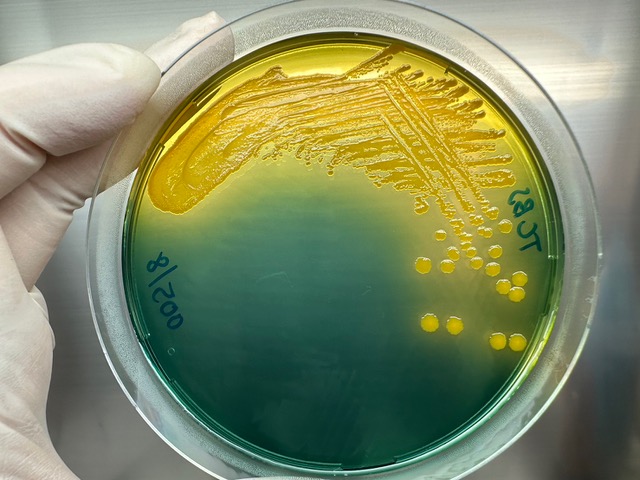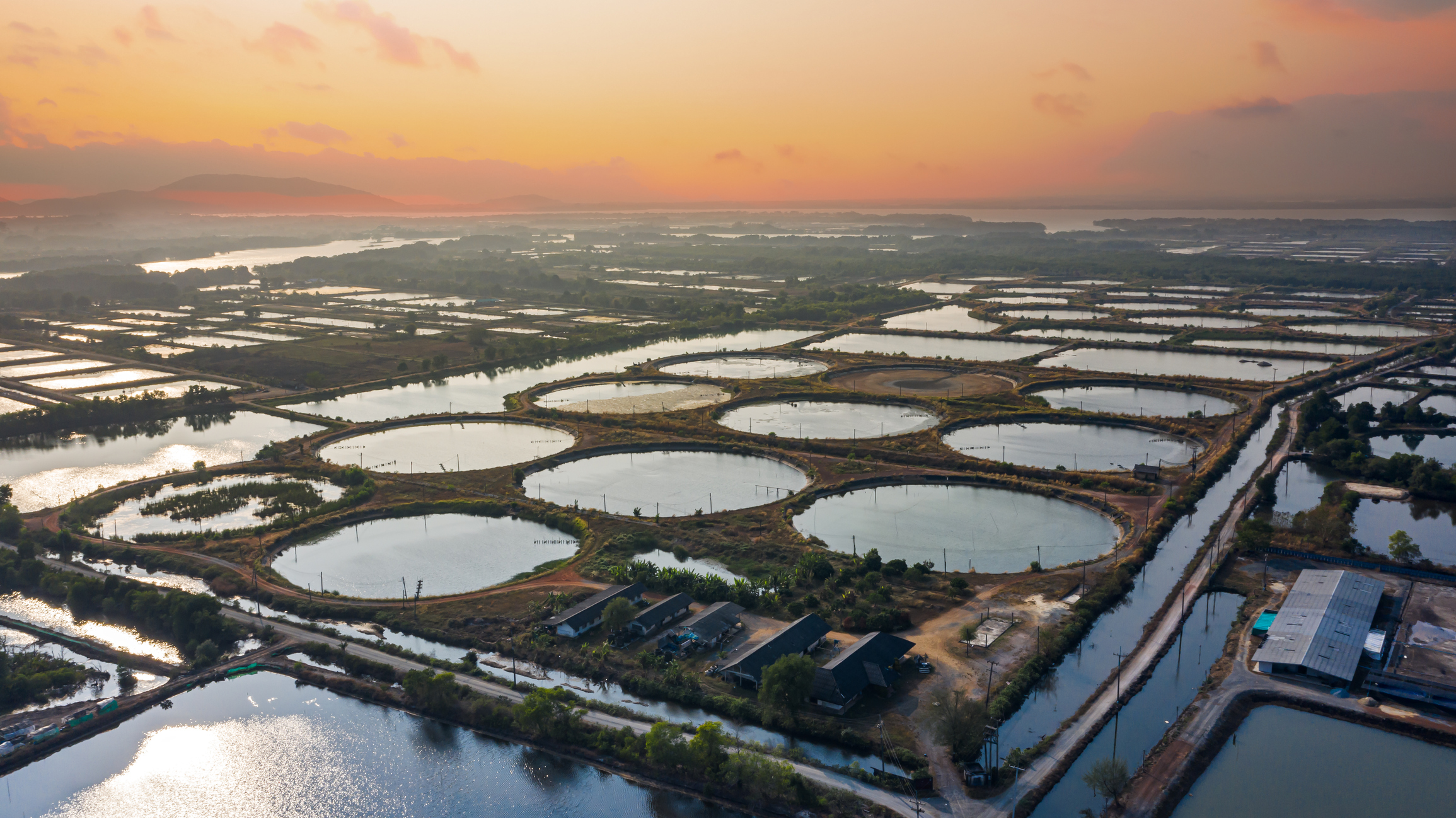Background
The wide use of antibiotics and other antimicrobials has led to the development of drug-resistant pathogens, which reduces the effect of modern medicine. In 2019, over 1.2 million deaths were directly attributed to AMR (WHO, 2023). According to the 2016 Review of Antimicrobial Resistance, the annual tally could soar to some 10 million by 2050 if no actions are taken.
Aquaculture production is increasing globally and as in other food-animal sectors, aquaculture may use antimicrobial agents, such as antibiotics, in their production systems. The presence of AMR in aquaculture may not only pose a direct threat to human health, but could also impact the production itself by lowering drug efficacy, decreasing species’ immune systems, and proliferating more virulent strains (i.e. faster growth and higher transmission rates of pathogens).
A major difficulty when attempting to determine risks associated with antimicrobial usage and development of AMR in aquaculture is the distinct lack of relevant data (use, distribution, etc.). This may manifest as a complete lack of data (either not collected or not collated in a suitably coordinated fashion); a lack of standardization in collection or reporting; a lack of useful classificatory disaggregation; or the inability of stakeholders to gain access to information pertaining to the private sector. Performing meaningful risk analyses (i.e. development and spread of AMR) requires additional data beyond antimicrobial usage and the burden of AMR at aquaculture sites. Other sources of antibiotic and AMR at the broader landscape level needs to be understood.
Against this backdrop, the AMR Keystone Project offers SeaBOS member companies the opportunity to spearhead the effort to better understand the links between antibiotic use and AMR prevalence. We aim to leverage collective knowledge, resources, and expertise from within companies, science team members, and partner institutions to address the challenge of AMR. In the video below, key project partners share more about the process from their different perspectives:
Credit: Johannes Ernstberger, Stockholm Resilience Centre
The aim is to achieve publicly reported impacts by October 2025. The approach taken and solutions developed are intended to be adaptable and scalable to other farms, fish species and/or regions.
Project objectives
SeaBOS members, in collaboration with their scientific partners and regional actors will use a collaborative approach to achieve better public health outcomes as well as improved antibiotics stewardship in aquaculture through:
- An industry-aligned methodology to screen for AMR genes.
- Increasing our understanding about AMR risks across key aquaculture sourcing countries and species.
- Having a set of validated interventions shown to reduce antibiotic use, including materials for on-farm awareness campaigns and education.
- Increasing the understanding of mapping AMR and associated antibiotic usage, with a view to ultimately enabling the implementation of a SeaBOS Antibiotic Stewardship Roadmap.
- Engaging with governments and international organizations on risks and opportunities associated with AMR and farm-level interventions to support in policy developments.
Why this project
- AMR is a key material topic and potential commercial threat to several SeaBOS members.
- Currently limited knowledge and industry surveillance, particularly outside of Europe.
- Opportunity to align on common methodology by leveraging our collective knowledge, resources and expertise.
- Scalability across different countries and species, sharing results and allowing the development of a global hotspot heatmap.
- Larger leverage on government engagement to help shape future legislation.
- Global AMR expertise within the SeaBOS science team, which may be lacking within companies.

Who will we work with to achieve results?
- International Centre of Excellence: CRC SAAFE (Cooperative Research Centre on Solving Antimicrobial Resistance in Agribusiness, Food, and Environments – based in Australia) on methodology & testing, and local groups in Thailand
- Chulalongkorn University, Bangkok
A key focus will be on building local capacity and capabilities;
- Local sampling & testing oversight: Chulalongkorn University, Bangkok
- Local sampling: company staff
- Local labs to test and analyze samples
A further focus will be on frontier research groups working on AMR;
- AMR genetic analytic methodologies and systems understanding: CRC-SAAFE
Industry leadership team:
- Vorapong Iamtrakul, Komparat Boodsri (CP Foods)
- Panu Boonsong (Thai Union)
Science team:
- Dr. Patrik Henriksson, Stockholm Resilience Centre and the Beijer Institute for Ecological Economics at the Royal Swedish Academy of Sciences (science team focal point)
- Dr. Max Troell, Stockholm Resilience Centre and the Beijer Institute for Ecological Economics at the Royal Swedish Academy of Sciences
- Dr. Oskar Nyberg, Stockholm Resilience Centre

